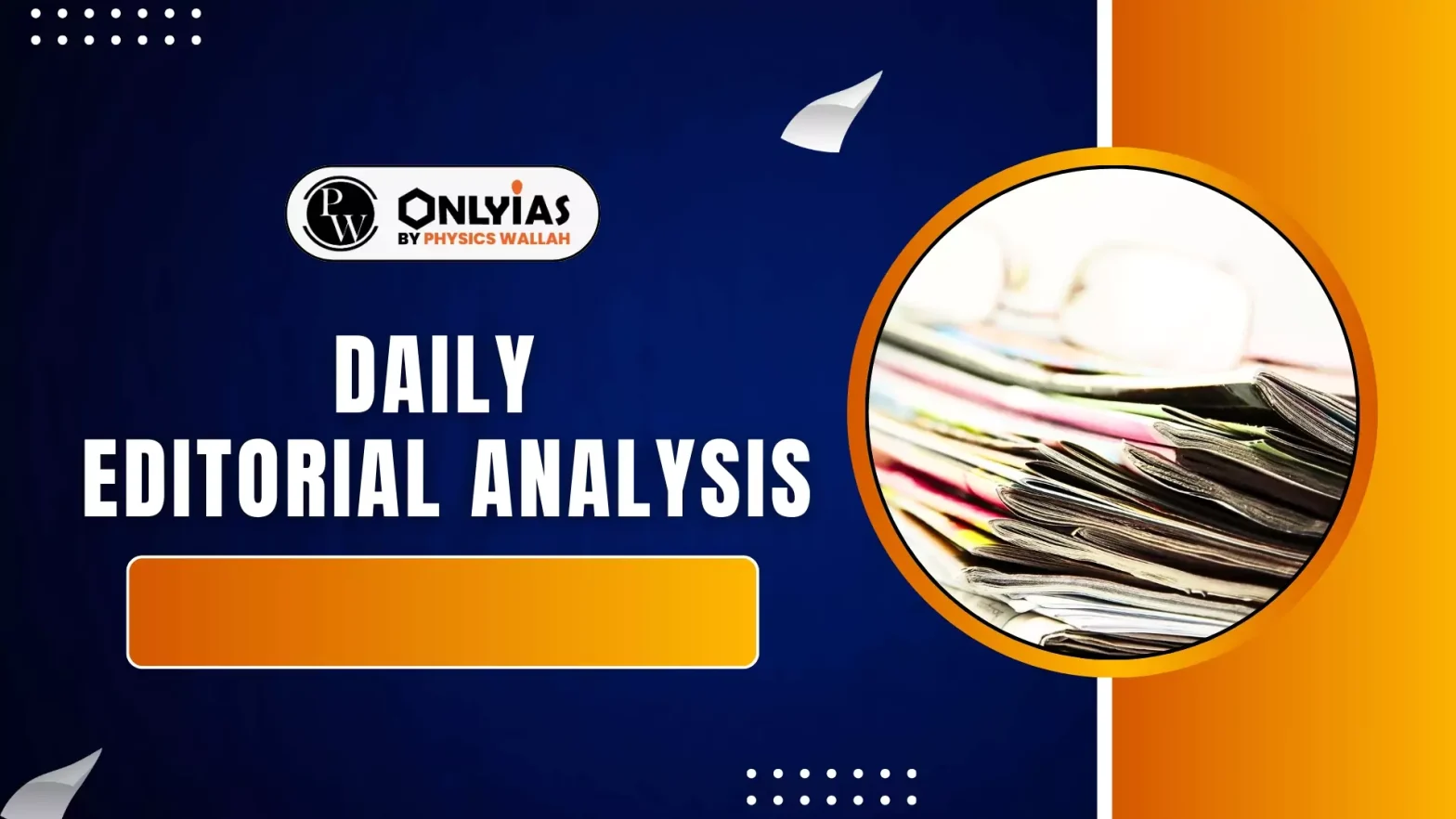During heightened India-Pakistan military tensions, rampant misinformation and propaganda on social media and mainstream media blurred the line between fact and fiction. This raised urgent questions about the media’s role and the public’s right to truthful information.
Rules for Reporting in Conflict
- Lack of Guidelines: No formal media guidelines exist in India for conflict reporting despite multiple past wars and internal insurgencies.
- Journalistic Principles: Basic journalistic principles include accuracy, verification from multiple sources, and objectivity (not necessarily neutrality).
- Balancing Security and Public Right: Need to balance national security (e.g., troop movements) with the public’s right to know.
- Compromised Objectivity: Often, objectivity is compromised during conflict as media aligns with government narratives, risking loyalty shifting to those in power.
Social Media Dynamics in Operation Sindoor
- Strategic Misinformation: Misinformation was often strategically planned; Pakistan led early narrative with images of damage.
- Amplification of Claims: Indian media and social media amplified unverified claims (e.g., attacks on Karachi, Islamabad).
- Target Audience of Propaganda: Propaganda primarily targets domestic audiences to shape public opinion, not the adversary’s population.
Pressures on Journalists
- Conflict and Journalism: Conflict should be a time for strong journalism but is often the worst period for media integrity.
- Sensationalism and Demonisation: Sensationalism and demonisation of Muslims increased to drive TRPs.
- Lack of Informed Discussion: Lack of informed discussion on nuclear risks, war consequences, and escalation.
- Government Pressures: Government pressures include legal cases, blocking news platforms, advertisement withdrawal, and silencing dissent.
Media’s Normative Role vs. Nationalism
- Journalistic Expectations: Journalists expected to suspend questioning to boost the war effort.
- Transparency Resistance: The public and government often resist transparency on casualties and setbacks to maintain morale and political control.
- Sacrificing Accountability: Accountability and full disclosure sacrificed for political expediency and nationalist narratives.
Impact of Blocking Voices and Information Control
- Social Media Restrictions: Blocking of thousands of social media accounts during the conflict limits diverse viewpoints and promotes a selective narrative.
- Suppression of Dissent: Critical voices labeled anti-national under the guise of nationalism, suppressing dissent.
- Media Ecosystem Crisis: The media ecosystem faces a crisis with restricted access to balanced information and rampant online trolling.
Conclusion
The media’s failure to maintain objective, accurate reporting during conflict, combined with government control and social media censorship, leaves the public vulnerable to partial truths and propaganda—challenging democracy and informed citizenship in sensitive times.
![]() 23 May 2025
23 May 2025

